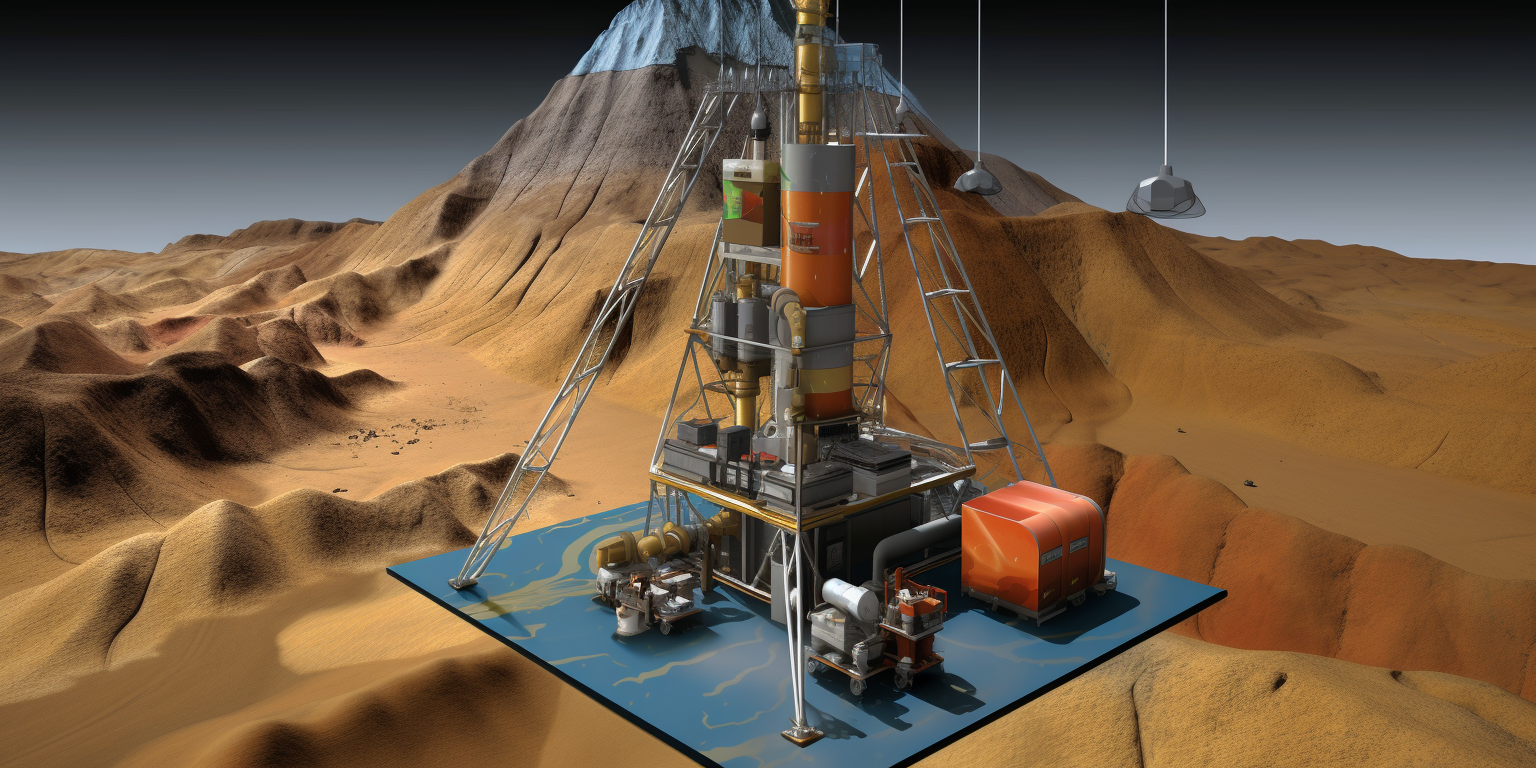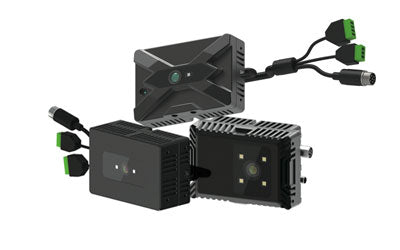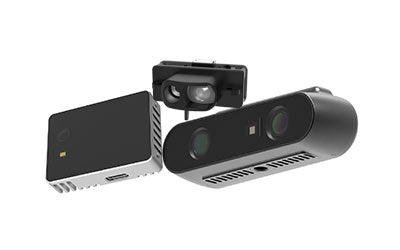The potential of TOF sensors in the field of geological exploration

Geological exploration is an important field that involves the study of the Earth's subsurface to locate and extract natural resources such as minerals, oil, and gas. The use of technology has greatly advanced the field of geological exploration, with various tools and techniques now available to geologists to help them better understand the subsurface of the Earth. One such technology that has been gaining popularity in recent years is the Time-of-Flight (TOF) sensor.

TOF sensors work by measuring the time it takes for a pulse of light to travel to a target and back to the sensor. This time measurement can be used to determine the distance between the sensor and the target with a high degree of accuracy. In geological exploration, TOF sensors are being used to measure the distance between the surface of the Earth and the subsurface rock layers, which can provide valuable information about the composition and structure of the Earth's subsurface.

One application of TOF sensors in geological exploration is in the mapping of underground structures such as faults, fractures, and voids. By measuring the time it takes for a pulse of light to travel to the subsurface and back, TOF sensors can accurately determine the depth and position of these structures. This information can be used to create 3D models of the subsurface, which can aid in the identification of potential mineral deposits or oil and gas reserves.

TOF sensors can also be used in the identification of mineral deposits. Certain minerals, such as copper and gold, have unique optical properties that allow them to be easily identified using TOF sensors. By measuring the reflection and absorption of light, TOF sensors can accurately identify the presence of these minerals in the subsurface.
Another application of TOF sensors in geological exploration is in the monitoring of seismic activity. Seismic activity is often an indicator of potential geological hazards, such as earthquakes and volcanic eruptions. By using TOF sensors to measure the time it takes for seismic waves to travel through the Earth, geologists can better understand the location and magnitude of seismic activity, which can help in the prediction and mitigation of potential hazards.
In conclusion, TOF sensors have the potential to greatly improve the field of geological exploration by providing accurate and reliable data about the subsurface of the Earth. With their ability to map underground structures, identify mineral deposits, and monitor seismic activity, TOF sensors can aid in the discovery of natural resources and help in the prediction and mitigation of potential geological hazards. As technology continues to advance, it is likely that TOF sensors will play an increasingly important role in the field of geological exploration.
Synexens Industrial Outdoor 4m TOF Sensor Depth 3D Camera Rangefinder_CS40p

After-sales Support:
Our professional technical team specializing in 3D camera ranging is ready to assist you at any time. Whether you encounter any issues with your TOF camera after purchase or need clarification on TOF technology, feel free to contact us anytime. We are committed to providing high-quality technical after-sales service and user experience, ensuring your peace of mind in both shopping and using our products.
-
Posted in
CS40P


